Increased Investment in AR Startups
Investment in startups focused on mobile augmented-reality solutions is on the rise, indicating a robust interest in the potential of this market. In 2025, venture capital funding for AR startups in the US has reached approximately $1.5 billion, reflecting a growing recognition of the technology's transformative capabilities. This influx of capital is likely to accelerate innovation and the development of new applications, further expanding the mobile augmented-reality market. Investors are particularly interested in solutions that enhance user engagement and provide unique experiences, which could lead to the emergence of groundbreaking applications in various industries. As a result, the mobile augmented-reality market is expected to benefit from this financial momentum, fostering a competitive landscape that encourages creativity and technological advancement.
Expansion of AR in Marketing Strategies
The mobile augmented-reality market is experiencing a notable expansion in marketing strategies as brands seek innovative ways to engage consumers. In 2025, approximately 30% of US marketers are utilizing AR technology to create interactive advertisements and promotional campaigns. This approach not only captures consumer attention but also enhances brand recall and customer experience. By allowing users to visualize products in their environment before making a purchase, AR applications are transforming the shopping experience. This trend is particularly evident in retail, where brands are increasingly adopting AR to bridge the gap between online and offline shopping. Consequently, the mobile augmented-reality market is likely to see sustained growth as more companies recognize the effectiveness of AR in driving consumer engagement and sales.
Growing Interest in AR Gaming Experiences
The mobile augmented-reality market is significantly influenced by the growing interest in AR gaming experiences. As of 2025, the AR gaming segment is projected to account for over 40% of the total mobile augmented-reality market revenue in the US. This surge is driven by the increasing popularity of immersive gaming experiences that blend the virtual and real worlds. Game developers are leveraging AR technology to create engaging and interactive gameplay, attracting a diverse audience. Furthermore, the rise of social gaming platforms that incorporate AR features is likely to enhance user engagement and retention. As a result, the mobile augmented-reality market is expected to thrive, fueled by the continuous innovation in gaming applications and the expanding user base.
Rising Demand for Remote Collaboration Tools
The mobile augmented-reality market is witnessing a growing demand for remote collaboration tools, particularly in professional settings. As organizations increasingly adopt hybrid work models, the need for effective communication and collaboration solutions has intensified. AR applications that facilitate virtual meetings and interactive presentations are becoming essential for businesses aiming to enhance productivity. In 2025, it is estimated that around 60% of companies in the US are utilizing AR tools for remote collaboration, indicating a significant shift in workplace dynamics. This trend not only enhances team collaboration but also reduces travel costs and time, making it a compelling option for businesses. Consequently, the mobile augmented-reality market is likely to expand as more organizations recognize the value of integrating AR into their operational frameworks.
Technological Advancements in Mobile Devices
The mobile augmented-reality market is experiencing a surge due to rapid technological advancements in mobile devices. Enhanced processing power, improved graphics capabilities, and high-resolution displays are enabling more sophisticated AR applications. As of 2025, nearly 80% of smartphones in the US are equipped with AR-compatible hardware, facilitating a seamless user experience. This trend is likely to drive the adoption of mobile augmented-reality applications across various sectors, including gaming, entertainment, and marketing. Furthermore, the integration of AI and machine learning into mobile devices is expected to enhance the functionality of AR applications, making them more intuitive and user-friendly. Consequently, the mobile augmented-reality market is poised for significant growth as consumers increasingly seek immersive experiences that leverage these technological advancements.


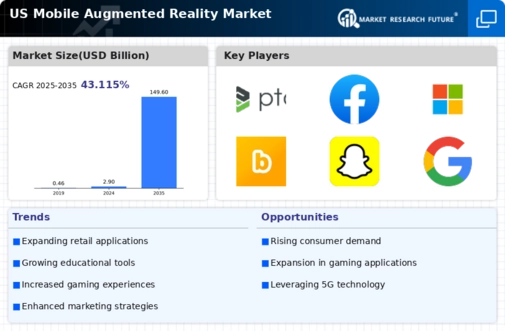
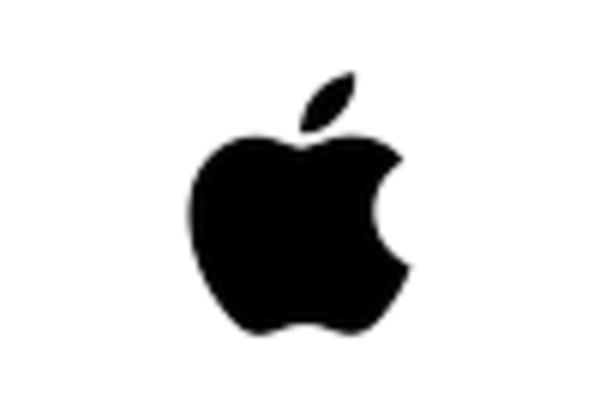
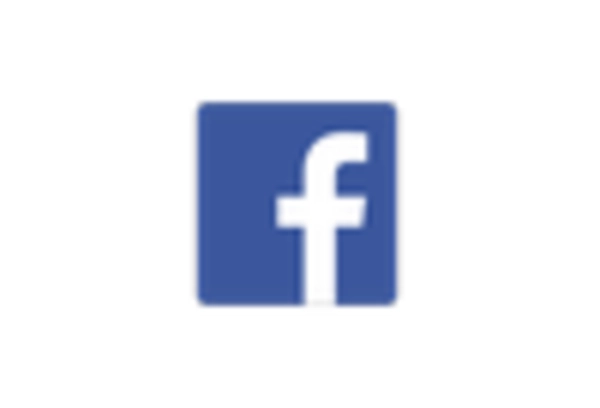
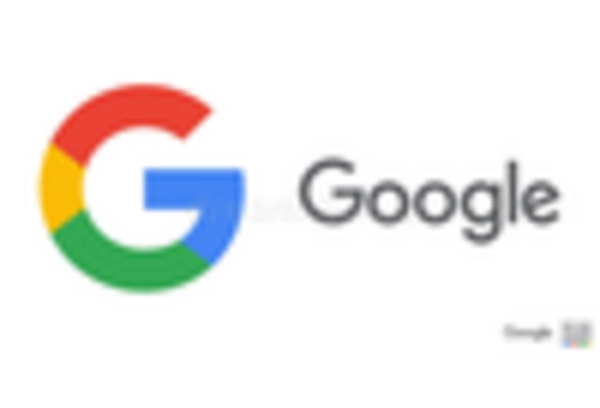
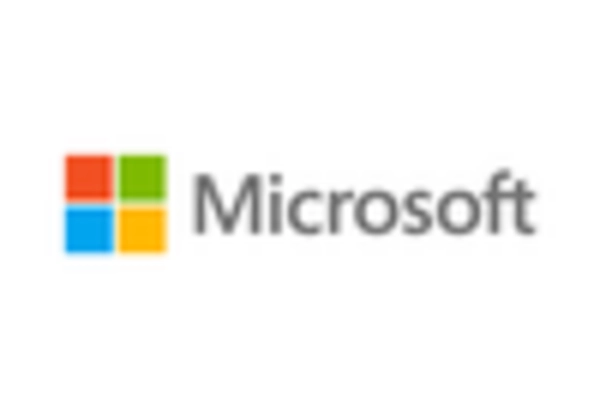
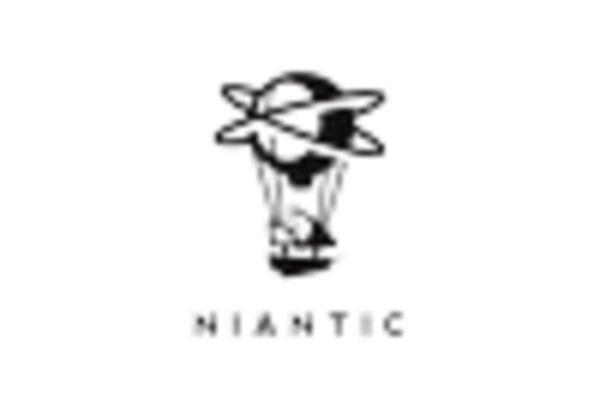
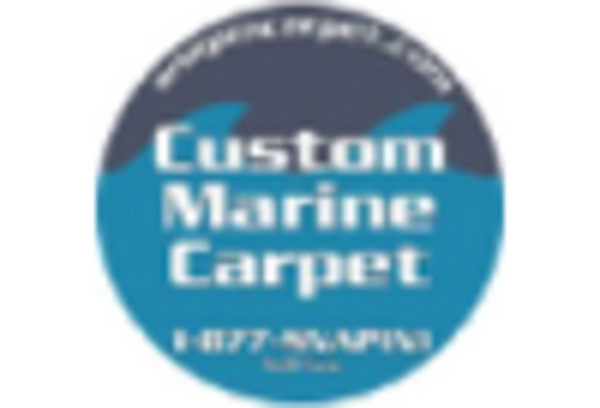








Leave a Comment